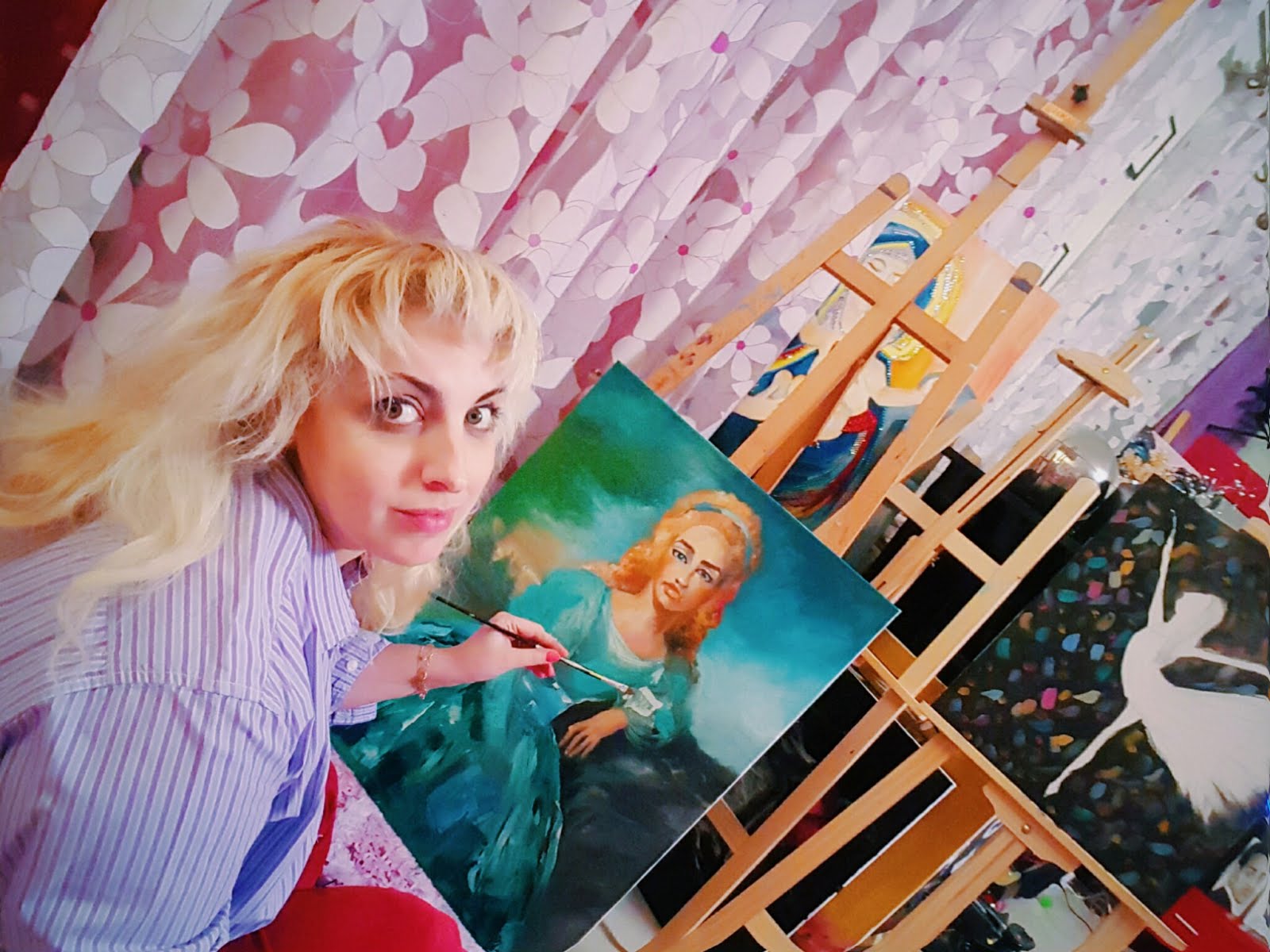Education Through Inspiration | Alexandra Novik-Khamis
“Learning never exhausts the mind”- Leonardo da Vinci
Learning is a process that should never stop, and it should be an acquired principle of every student and professional. They should understand that it is not only important to learn from books and curriculum, but also necessary to learn life lessons through keen observation of successful personalities. People who have achieved phenomenal success are the ones who have also gone through rigorous trials and struggles in life.
Some pursue creative activities as a hobby and some do it for a living, but no matter what road we've taken to unleash our imaginations and need for free self-expression, it's pretty clear that making things is part and parcel of being human. I realized that people are more open to any art activity when a teacher is inspiring and eulogize them during work. The whole education process must be built by inspiration and around their abilities.
“Nobody cares how much you know until they know how much you care.”
Theodore Roosevelt
Art education is more about emotions and feelings than about pure knowledge.
You must love to paint to help grow this love of subject inside students’ hearts. Same as teachers who don’t like teach will never make students love their subjects, same for art teachers – art teachers are not only must love teaching but also must love their craft more than anything. Only together with love for painting or drawing, they can truly inspire their students.
Find a connection to the student’s lives and make the material immediately relevant. Without this, the content is a like a puzzle piece that isn’t connected to the rest of the student’s growing picture of how the world works. The student doesn’t know why it’s relevant, has trouble learning it, and quickly discards it when the class is over.
It isn’t hard to do this — If you are teaching physics, you can tie the principles to baseball or hockey; if you are teaching history you can tie it to current events and personalities; if you are teaching chemistry, you can tie it to the food we eat; if you are teaching entrepreneurship you can tie it to local companies and founders; if you are teaching music theory, you can tie it to currently popular songs, etc. In fact, I don’t know why we don’t do this more. I believe that if a child only cares about baseball or fishing, there are ways to build an entire curriculum around each of those themes, including history, physics, writing, and art.
It is up to teachers to light the fuse and see what happens. As William Butler Yeats is quoted as saying, “Education is not the filling of a pail, but the lighting of a fire.”
This is an important reminder that teaching is all about building a relationship with your students. In fact, in today’s world, when information is at our fingertips, we don’t need to go to school to learn facts and figures — a quick Google search, a glance at Wikipedia, or a question posed to Siri will usually result in answers to specific questions.
So, why go to school? What is the role of teachers?
Teaching is really about inspiration. Effective teaching focuses on why and how, not what. The goal should be to spark each student’s imagination, to find a hook in their heart and mind so that they feel a need to learn the material. The rest is easy because the student then drives his or her learning.
It is also important not to make assumptions about what students already know. If you do, you lose those who don’t have the necessary foundational skills. One of my favorite professors in graduate school taught me that you should teach the same way to a 5-year-old as to a 25-year-old… You start at the beginning, continue building on a robust foundation, and go as far as you can with each student.
Finally, never tell students what they need to do to get an “A” in the class. If you do, they will inevitably do the minimum amount to get the grade they want. Instead, I tell my students to “never miss an opportunity to be fabulous.” I promise to deliver my very best in each class, and I expect the same from them.
With this encouragement, I find that students deliver much more than they ever imagined. They embrace the idea of being fabulous with enthusiasm and raise the bar repeatedly as the quarter progresses. I’ve been delighted by the stickiness of this message. It’s as though students are waiting to get this instruction. They’re hungry for permission to do their very best, to hit the ball out of the park and to shine their brightest.
It’s relatively easy to meet expectations, knowing exactly what you will get in return. But amazing things happen when you take away the cap. Like a soda bottle that’s been shaken, individuals who remove perceived limits achieve remarkable results in the classroom and beyond!
It is up to teachers to light the fuse and see what happens. As William Butler Yeats is quoted as saying, “Education is not the filling of a pail, but the lighting of a fire.”
Tags:
2018
alexandra novik
art in bahrain
art museum
art quotes
art teacher
article
artist
bahrain art
bahrain culture
classes
mentor
teacher
арт



.png)






0 comments